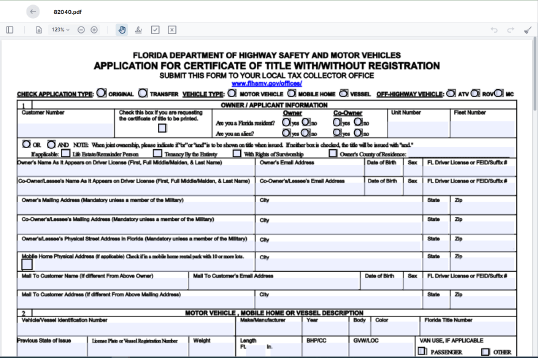Savezni porezni obrasci
Obrazac 1120 Raspored PH jedan je od saveznih poreznih obrazaca koji su dokumenti koji se koriste za prijavu i podnošenje saveznih poreza na dohodak Poreznoj upravi (IRS) u Sjedinjenim Državama. Ove obrasce koriste pojedinci, tvrtke i organizacije za prijavu svojih prihoda, odbitaka i drugih relevantnih informacija potrebnih za izračun saveznih poreznih obveza.
Najčešće korišten savezni porezni obrazac je obrazac 1040, koji koriste pojedinačni porezni obveznici za prijavu poreza na dohodak. Drugi često korišteni obrasci uključuju Obrazac 1065 za partnerstva, Obrazac 1120 za korporacije i Obrazac 990 za organizacije oslobođene plaćanja poreza.
Savezni porezni obrasci obično zahtijevaju od poreznih obveznika da prijave različite izvore prihoda, kao što su nadnice, plaće i napojnice, kao i prihod od ulaganja, iznajmljivanja nekretnina i drugih izvora. Obrasci također omogućuju poreznim obveznicima traženje odbitaka i kredita za razne troškove, kao što su dobrotvorni prilozi, kamate na hipotekarni kredit i troškovi zdravstvene zaštite.
Važno je podnijeti savezne porezne obrasce točno i na vrijeme, jer nepoštivanje toga može rezultirati kaznama i kamatama od Porezne uprave.

